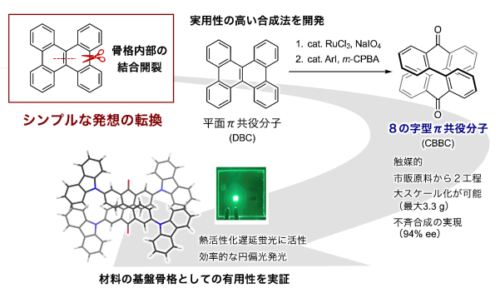2024-09-23 ハーバード大学
<関連情報>
- https://seas.harvard.edu/news/2024/09/tropical-and-subtropical-industrial-fisheries-account-about-70-methylmercury-fished
- https://www.pnas.org/doi/10.1073/pnas.2405898121
世界的な漁業パターンがメチル水銀へのヒト暴露を増幅する Global fishing patterns amplify human exposures to methylmercury
Mi-Ling Li, Colin P. Thackray, Vicky W. Y. Lam, +1, and Elsie M. Sunderland
Proceedings of the National Academy of Sciences Published:September 23, 2024
DOI:https://doi.org/10.1073/pnas.2405898121

Significance
Methylmercury (MeHg) is a potent neurotoxicant that adversely affects human health. Wild-caught marine species sold in the global commercial seafood market are the main MeHg exposure source for many populations. Here, we identify where and how much MeHg is extracted from the ocean during global marine fisheries harvests. We find that the geographic distribution of MeHg “fished” from the oceans predominantly reflects the harvesting locations of large pelagic species. Expansion of multinational industrial fisheries, particularly in low-latitude ecosystems, has exacerbated MeHg exposures for global seafood consumers. This work reveals that most subsistence fishing populations likely exceed exposure thresholds for MeHg and highlights the disproportionate impacts of global mercury pollution on subsistence fisheries in developing countries.
Abstract
Global pollution has exacerbated accumulation of toxicants like methylmercury (MeHg) in seafood. Human exposure to MeHg has been associated with long-term neurodevelopmental delays and impaired cardiovascular health, while many micronutrients in seafood are beneficial to health. The largest MeHg exposure source for many general populations originates from marine fish that are harvested from the global ocean and sold in the commercial seafood market. Here, we use high-resolution catch data for global fisheries and an empirically constrained spatial model for seafood MeHg to examine the spatial origins and magnitudes of MeHg extracted from the ocean. Results suggest that tropical and subtropical fisheries account for >70% of the MeHg extracted from the ocean because they are the major fishing grounds for large pelagic fishes and the natural biogeochemistry in this region facilitates seawater MeHg production. Compounding this issue, micronutrients (selenium and omega-3 fatty acids) are lowest in seafood harvested from warm, low-latitude regions and may be further depleted by future ocean warming. Our results imply that extensive harvests of large pelagic species by industrial fisheries, particularly in the tropics, drive global public health concerns related to MeHg exposure. We estimate that 84 to 99% of subsistence fishing entities globally likely exceed MeHg exposure thresholds based on typical rates of subsistence fish consumption. Results highlight the need for both stringent controls on global pollution and better accounting for human nutrition in fishing choices.



